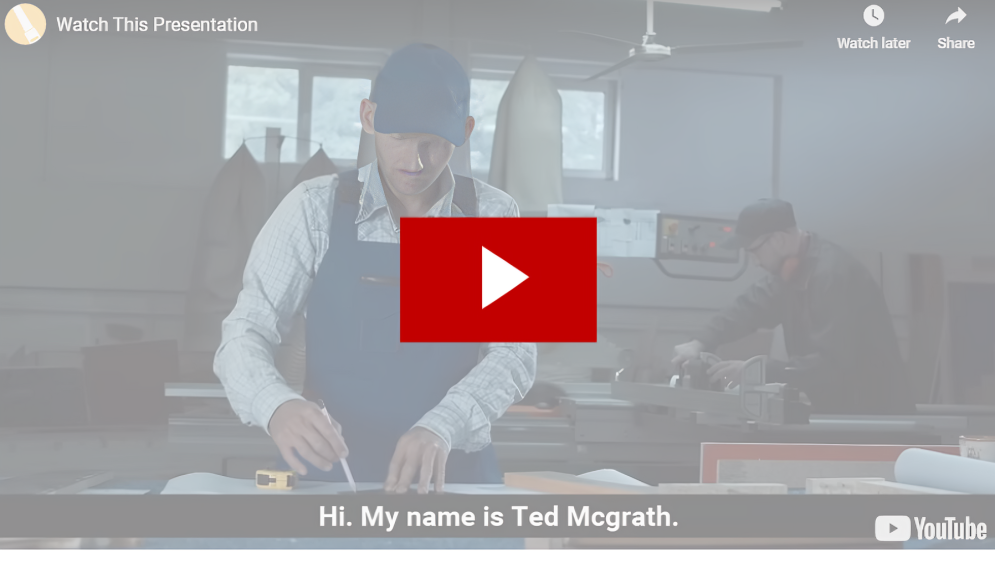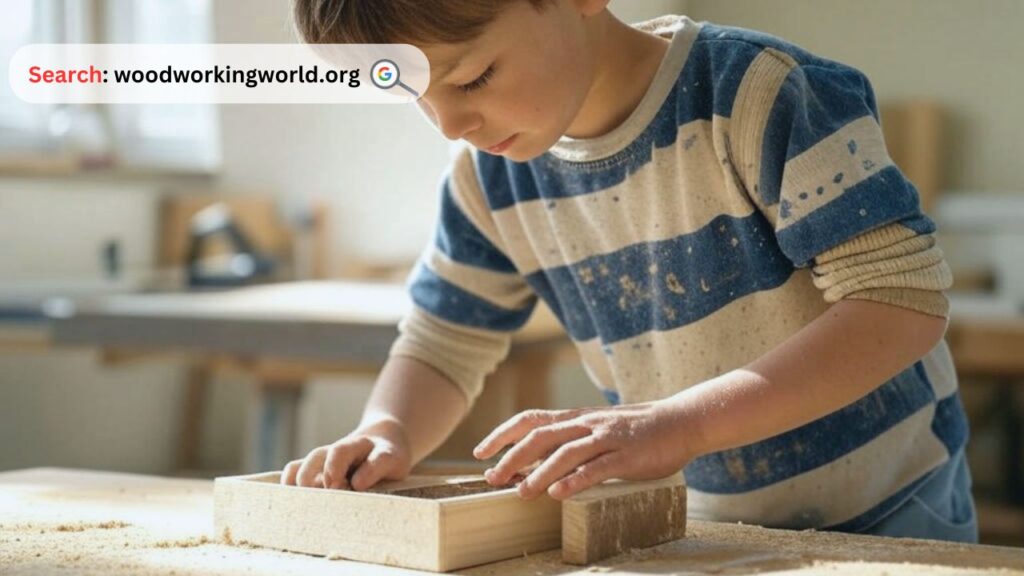Discover fun woodworking projects for preschoolers! Simple, safe, and creative builds to spark imagination and hands-on learning. Read now for ideas!
Woodworking is not only an enjoyable and educational activity for preschoolers, but it also encourages the development of essential motor skills, creativity, and problem-solving abilities. By introducing young children to woodworking, you can foster their imagination while allowing them to learn valuable lessons about patience, precision, and resourcefulness. In this article, we will explore fun woodworking projects that preschoolers can do to build their creativity, along with step-by-step instructions, helpful tips, and answers to common questions.

Table of Contents
- Introduction
- Benefits of Woodworking for Preschoolers
- Top Woodworking Projects for Preschoolers
- 1. Simple Wooden Blocks
- 2. Wooden Picture Frames
- 3. Birdhouses
- 4. Toy Cars or Trains
- 5. Wooden Stamps
👉 Build 16,000+ Projects with Step-by-Step Plans—No Big Workshop or Costly Tools Needed! Start Now!
- Step-by-Step Process for Each Project
- Simple Wooden Blocks
- Wooden Picture Frames
- Birdhouses
- Toy Cars or Trains
- Wooden Stamps
- Comparison Table of Materials
- Helpful Tips for Safe Woodworking with Preschoolers
- FAQs
- Conclusion
Introduction
Woodworking can seem like a challenging task for preschoolers, but with the right approach and simple tools, it becomes a fun and rewarding activity. At an early age, children are learning through tactile experiences, and woodworking allows them to engage their senses while building something tangible. Preschoolers can benefit greatly from creative activities like woodworking, where they get to use their hands, experiment with various shapes, and see the results of their efforts.
In this article, we will explore several easy-to-do woodworking projects for preschoolers that will spark their imagination and encourage hands-on learning. Whether you are a parent, teacher, or caregiver, you’ll find plenty of ideas to get your little ones started with safe and fun woodworking tasks.
Benefits of Woodworking for Preschoolers
Woodworking for young children offers more than just fun – it provides a host of developmental benefits that help preschoolers grow emotionally, cognitively, and physically. Here are some of the key benefits:
- Motor Skills Development: Handling tools and manipulating materials helps improve both fine and gross motor skills.
- Creativity: Working with different shapes, colors, and materials inspires creative thinking and problem-solving.
- Patience and Focus: Building a project from start to finish encourages patience, concentration, and a sense of accomplishment.
- Boosts Confidence: Completing a project, no matter how small, gives preschoolers a sense of achievement, boosting their self-esteem.
- Collaborative Learning: Many woodworking activities can be done with others, promoting teamwork and social interaction.
Top Woodworking Projects for Preschoolers
Now that we understand the benefits, let’s dive into some specific woodworking projects that are fun, simple, and educational for preschoolers. Each of these projects is designed to be safe, easy to execute, and enjoyable.
1. Simple Wooden Blocks
Materials Needed:
- Softwood (such as pine)
- Sandpaper
- Non-toxic paint or markers
Instructions:
- Step 1: Start by cutting the softwood into small, simple block shapes (about 2-3 inches long).
- Step 2: Let the preschoolers sand the edges to round them slightly and smooth out any rough spots.
- Step 3: After sanding, they can decorate the blocks using non-toxic paints or markers. They can draw patterns, numbers, or colors, or leave them plain for creative play.
- Step 4: Once the paint dries, the blocks are ready for stacking, sorting, and imaginative play.
Learning Outcome: This activity helps preschoolers develop spatial awareness and fine motor skills.
2. Wooden Picture Frames
Materials Needed:
- Pre-cut wooden frame pieces (or a ready-made wooden frame)
- Glue
- Paint or markers
- Small decorations (stickers, buttons, etc.)
Instructions:
- Step 1: Start with a simple pre-cut wooden frame. If you’re making your own, cut a rectangle out of softwood, leaving enough space for a photo in the middle.
- Step 2: Let the preschoolers glue the pieces together. Assist them as needed to keep the frame intact while the glue dries.
- Step 3: After the frame is assembled, they can paint it or decorate it with small objects like buttons, stickers, or fabric.
- Step 4: Insert a photo of the child or something they love and display it proudly.
Learning Outcome: This project enhances creativity and introduces kids to the basics of assembly and decoration.
3. Birdhouses
Materials Needed:
- Wooden planks
- Nails or screws
- Hammer or screwdriver (with assistance)
- Non-toxic paint
Instructions:
- Step 1: Pre-cut the wooden pieces to form the basic structure of the birdhouse.
- Step 2: Show the children how to hammer nails or use screws to assemble the pieces.
- Step 3: Once assembled, let the kids paint the birdhouse using bright colors and fun designs.
- Step 4: After the paint has dried, the birdhouse can be hung outside to attract real birds!
Learning Outcome: Preschoolers practice assembly skills, coordination, and creative design.
4. Toy Cars or Trains
Materials Needed:
- Wooden blocks
- Small wheels
- Non-toxic paint
- Wood glue or a small hammer and nails
Instructions:
- Step 1: Pre-cut the wooden blocks into shapes of cars or trains.
- Step 2: Show the preschoolers how to attach wheels to the bottom of the blocks using glue or nails.
- Step 3: Once assembled, let the kids paint their cars or trains in any design they like.
- Step 4: Once the paint is dry, the toy cars or trains are ready for play.
Learning Outcome: This project helps preschoolers develop fine motor skills, creativity, and an understanding of cause and effect (e.g., wheels making the car move).
5. Wooden Stamps
Materials Needed:
- Small wooden blocks
- Craft foam or rubber
- Glue
- Ink pads
Instructions:
- Step 1: Cut small wooden blocks into simple shapes (rectangles, circles, squares).
- Step 2: Cut out shapes from craft foam or rubber and glue them to the bottom of the wooden block.
- Step 3: After the stamps are dry, demonstrate how to dip them in ink pads and stamp them onto paper.
- Step 4: Preschoolers can create patterns or pictures using the stamps they made.
Learning Outcome: This project promotes creativity, fine motor skills, and understanding patterns.
Step-by-Step Process for Each Project
In the previous section, we provided individual instructions for each project. Here’s a quick, consolidated guide:
- Gather Materials: Ensure you have all the necessary supplies for the project.
- Safety First: Always supervise your preschoolers, especially when using tools.
- Step-by-Step Guidance: Walk them through each step, offering assistance where needed.
- Encourage Creativity: Allow them to personalize their creations with colors, patterns, and decorations.
- Patience: Ensure that they take their time and enjoy the process.
Expert tips on Woodworking 🌿📦 Watch now!

Comparison Table of Materials
| Project | Materials Needed | Age Recommendation | Safety Tips | Creativity Boost |
|---|---|---|---|---|
| Simple Wooden Blocks | Softwood, sandpaper, non-toxic paints | 3-4 years | Supervise during sanding | Color patterns, stacking |
| Wooden Picture Frame | Pre-cut wooden frame, glue, decorations | 3-5 years | Use safe, non-toxic materials | Decoration and design |
| Birdhouses | Wooden planks, nails, paint | 4-5 years | Use child-safe tools | Custom designs, colors |
| Toy Cars or Trains | Wooden blocks, wheels, non-toxic paint | 3-5 years | Supervise hammering or gluing | Design cars/trains, colors |
| Wooden Stamps | Wooden blocks, craft foam, ink | 3-5 years | Use safe materials | Pattern creation |

Helpful Tips for Safe Woodworking with Preschoolers
- Supervision: Always keep a close eye on your preschooler during woodworking activities.
- Child-Safe Tools: Use child-friendly tools like plastic hammers or simple screwdrivers for their safety.
- Avoid Sharp Edges: Sand all edges smooth before allowing children to handle the materials.
- Non-Toxic Materials: Choose non-toxic paints, glues, and finishes for safe play.
- Protective Gear: Consider using safety goggles or gloves for added protection, particularly if you’re using power tools.
FAQs
1. What age is suitable for woodworking with preschoolers?
Preschoolers aged 3-5 years are ideal for beginner woodworking projects. It’s important to ensure they use child-friendly tools and materials.
2. How can I ensure safety during woodworking activities?
Supervise your child closely, use non-toxic materials, and provide child-safe tools. Make sure all edges are smooth and safe for little hands.
3. Can I use power tools with preschoolers?
It’s best to avoid
👉 Click To Order Teds Woodworking With A 60-Money-back Guarantee From – Official Website